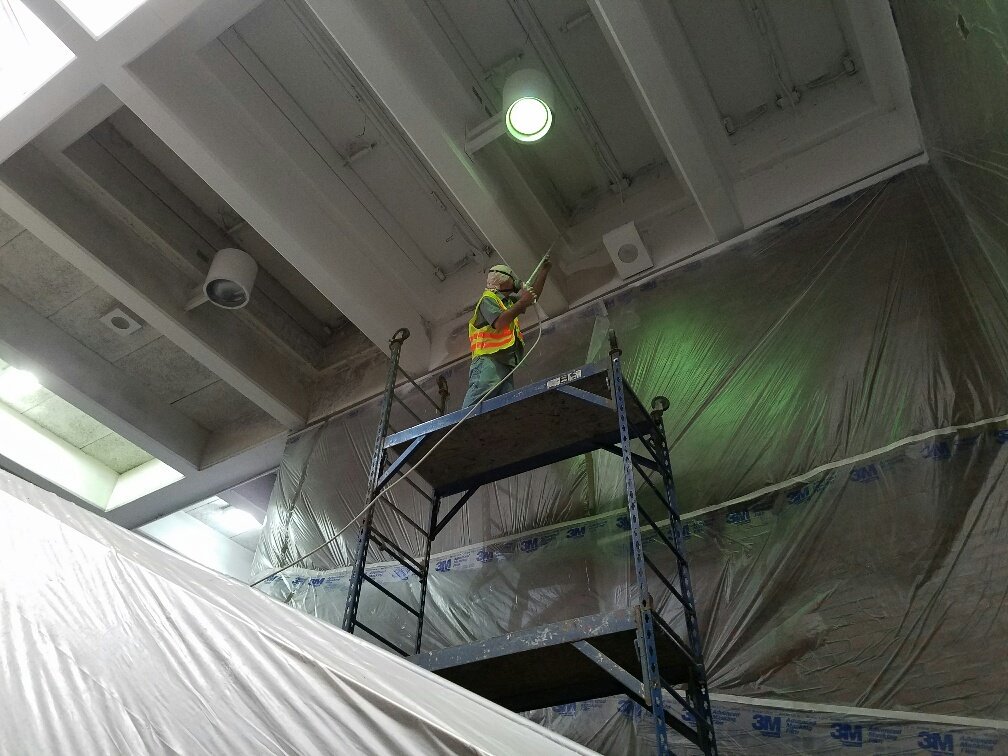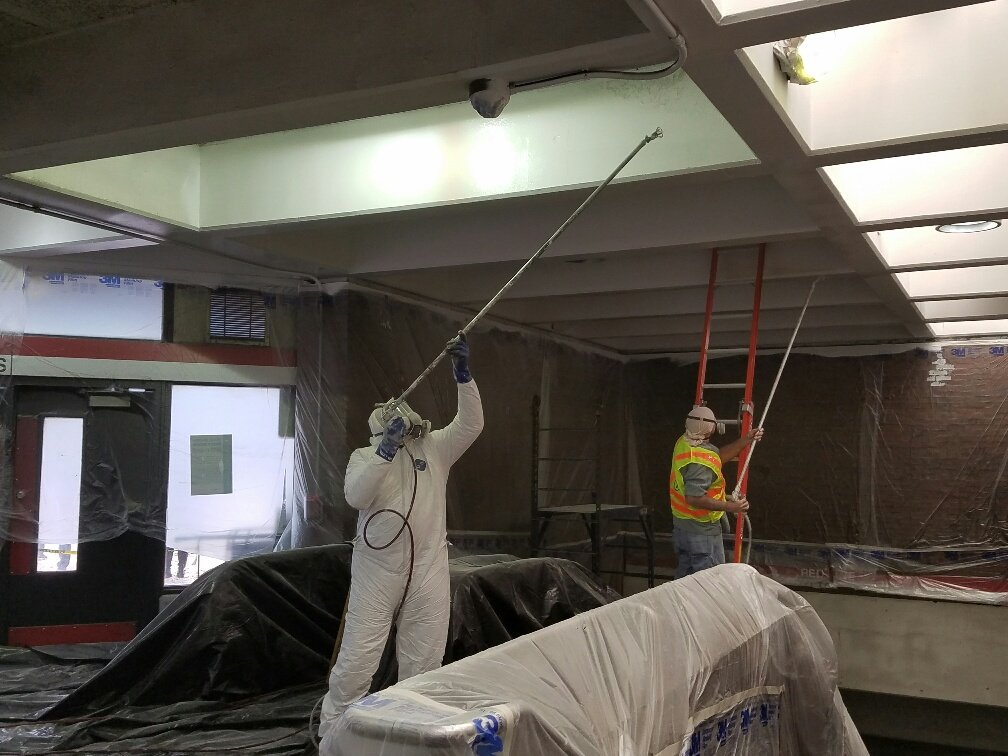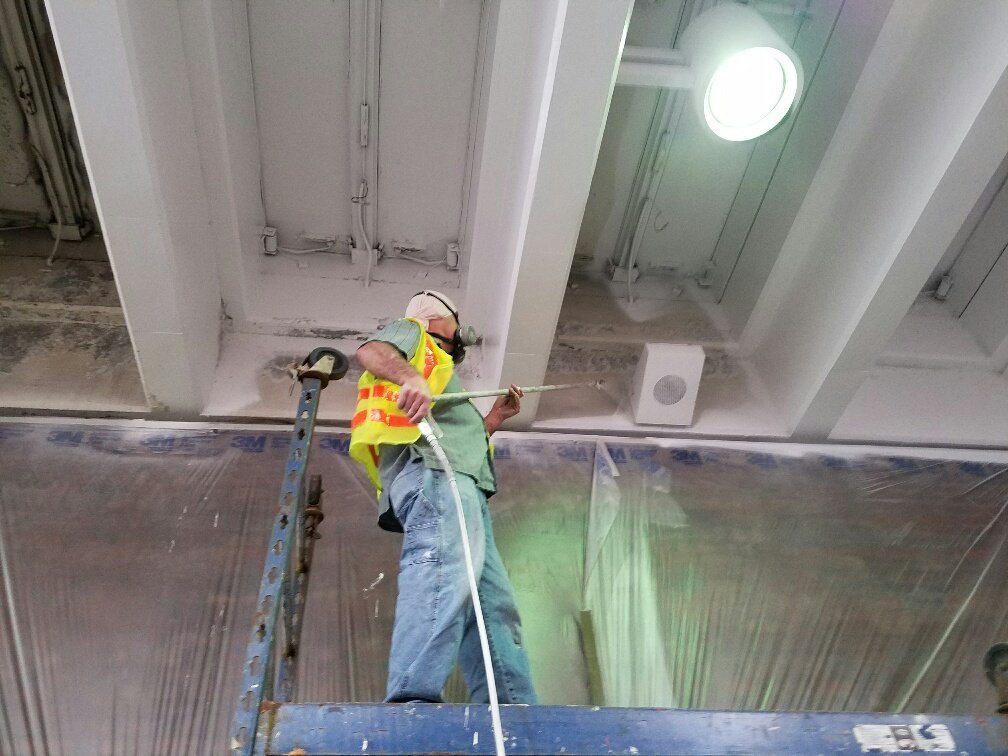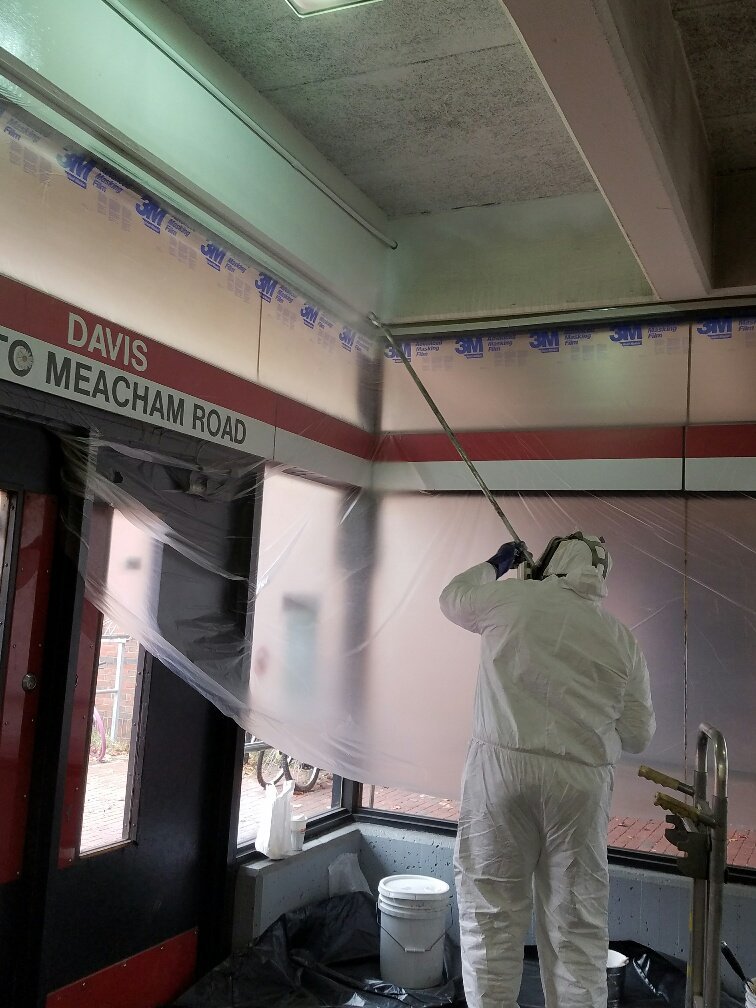Has anyone heard if there is any news on the forge park extension to hopedale/milford. They wanted to end it at hopedale because of the draper mill which would be turned into condos and theres plenty of room to store trains. As it stands now a lot of trains have to go back empty at night to be put away. Milford I think would be pretty successful if it came up to depot street right in downtown.
The study was supposed to have been completed in 2014 by the MPO, but it was never published online.
Odds are the ridership vs. travel time is not going to come close to justifying the expense. The Milford Branch is extremely curvy--almost a neverending S-curve--and full of grade crossings. The poor speeds afforded by that asstacular track geometry already shows itself on the Franklin schedules in the 7 minutes it takes to go all of 2-1/2 miles from Franklin station on the mainline to Forge Park on the branchline. The 6 extra miles to Milford Depot is just more of the same, with the near-
right-angle S-curve at
Bellingham Jct. being the sort of thing that'll speed-restrict a passenger train to an excruciating 15 MPH on fully-rebuilt track. Stops at Bellingham and Milford would push the Franklin schedule past the 1:20 range with no hope for any improvement unless you chopped Ruggles or combined Norwood Depot + Central...all very bad ideas. Only the system's most infamous gimp, Worcester, does worse time to 495 (Exit 19 is only 2 miles from Milford Depot)...and Worcester is eminently fixable with enough mandatory eat-your-peas money while the Franklin main is already about as brisk as it'll ever get and has no tricks up its sleeve to offset the anvil the Milford Branch geometry imposes on the schedule.
The whole Draper Mills TOD thing was a last-minute tack-on to the study request, but the Grafton & Upton mainline has even sharper curves and more frequent grade crossings than the Milford Branch. And requires plunking down an ultra-tight 70-degree angle wye leg at Milford Jct. to even get on that track. You probably aren't exceeding 20 MPH over that 1.5 miles and 6 extra grade crossings, so the +1 to Hopedale now solidly pushes the schedule to Boston over 90 minutes...worse than Worcester, worse than T.F. Green, worse than everything on a purple train but Wickford Jct. The MPO was being charitable including Hopedale in the study because Grafton & Upton RR's freight revival over the past 8 years has been a feel-good success story and Hopedale has waved the pom-poms with gusto about leveraging it. But I can't see any way it's practical to terminate at Draper Mills instead of Milford Depot because of how severe the additional schedule drag is for such a short distance.
Ultimately you have to look at the size of the communities served plotted against the attrition in farebox recovery for every schedule minute >1:15. Worcester can overstuff an excruciating 90-minute gimp schedule because it's Worcester. I don't know how you can wring enough collectively out of Bellingham (pop. 16,332), Milford (pop. 28,000), and Hopedale (pop. 5911) to offset the whittling-down effect of the extra half hour it takes to go barely 10 miles past Franklin station. The communities are too small to offset the drag effect from such an unimprovable schedule. They would almost be better and faster served by MA 140 commuter buses to Franklin timed to the CR schedules. Much like past MPO studies of Medfield/Millis/Medway CR-timed commuter buses to a Foxboro-frequency supersized Walpole station now looks like a more complete transit solution for those towns than their original crippled-frequency CR proposal via the Needham Line. Work the network effects of strengthened mainline frequencies out to the last mile instead of extending the one-seat well beyond its threshold of usefulness.
Now...one of the reasons why the study persisted despite fighting a losing battle is because of those equipment deadheads at tiny Franklin layover. Lowell, Haverhill, Worcester, and Franklin are CR's Big 4 festering sores for low-revenue and non-revenue running miles because of inadequate layover space. Franklin is probably the hardest to solve because the nearest available land for plunking a full-sized facility is at Bellingham Jct...which means they'd have to upgrade enough of the Milford Branch for enough $$$ to get there at all that they'd have to justify the running miles with at least +1 more stations of farebox recovery. And if they're doing Bellingham they might as well keep going to more populous Milford. Makes fixing the storage situation extremely unfavorable on cost/benefit, and caps the current Franklin schedule at 16 round trips per day despite there being real need for more rush-hour crowd-swallowers. Situation wouldn't be so bad if they could fix Worcester layover first and give the whole southside some relief on those empty-calorie deadhead miles...but that one's also a big land acquisition pickle.
Unfortunately for Milford, the best bang-for-buck they can mount to do something/anything for the storage situation and mainline schedule needs isn't the Milford extension at all...but Foxboro. For only $75-80M for the max build they'd get a full-size layover at Foxboro and double the schedules to Walpole, providing the necessary crowd-swallower relief to keep Norfolk-Forge Park schedules static. And give them *some* options to limit their Franklin layover equipment deadhead miles by leveraging mid-line Foxboro layover to stuff some Forge Park sets instead of running empty all the way to Boston, saving a tangible amount of annual cost burn. Foxboro is not only slam-dunk on value for money, but is so easily doable they're considering a couple limited rush hour extras as a trial
next year...which easily primes the pump for the full-blown upgrades. That's simply going to kick Milford down to the bottom of the pile for how much pressure it'll relieve. And it'll serve up the perfect opportunity to trial those Millis commuter buses to the extra Walpole frequencies...giving the potential template for a Hopedale-Milford-Franklin bus solution that sidesteps all the crappy schedule compromises of the extension.
My guess is Foxboro is what seals the deal against Milford ever happening. And I'm not sure that's a bad thing when the inner half of the mainline can get better/denser overall service not needing to hold open slots for those 90-minute schedules to 3 pretty small 495-belt communities. It is what it is given what they have to work with on the Milford Branch. It's a concept not supported by the available infrastructure. But at least the Milford Branch is never going anywhere as a freight line. CSX is handing it over to plucky Grafton & Upton in the next 18 months and shedding that low-margin weekly from Walpole. G&U is quite likely to grow business on the branch as handsomely as they have on their own revived mainline. The upside is very good for that freight branch, it'll see SGR upgrades strictly for supporting the freight, and it'll always be there to revisit the passenger study again should there be a new service angle. Definitely not a use-it-or-lose-it scenario like the last Millis study was. The state and the local communities don't lose anything by taking more time to find an equitable solve for their transpo pickle. When the solutions are this imperfect they're going to need to spread their last-mile options a bit further afield with more out-of-box thinking than just a killshot of one very expensive one-seat extension that has nearly intolerable and unimprovable travel times.










